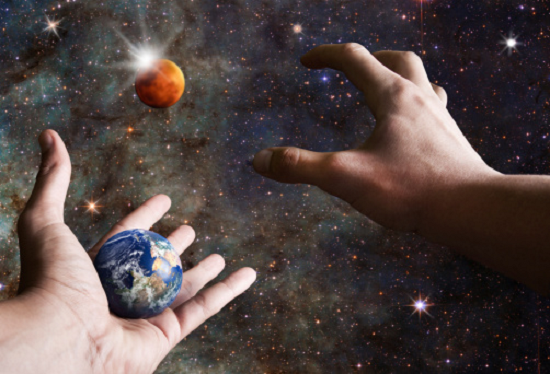Nov 03, 2025
Nov 03, 2025

12-May-2013
More by : Aniket Mohapatra

|
Interesting write-up. Nice to know that the universe has quite a lot of time left to play itself out. It's always good to talk about the universe in order to realize how small we are! |